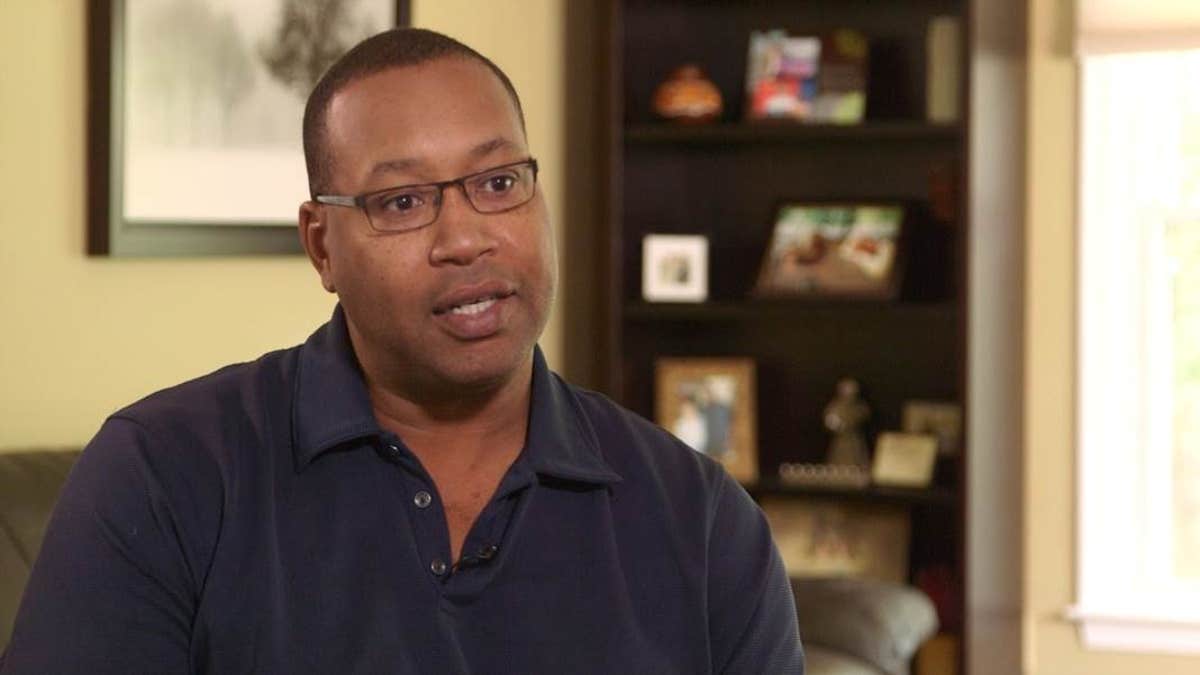
Preston Anderson (Courtesy of the author)
Heart disease is the number one cause of death for both men and women in the United States. Claiming approximately 1 million lives per year, heart attacks alone strike someone every 43 seconds. On January 20, 2014, that someone was me.
That day in January began typically enough with a trip to the gym. I have always been physically active – I played football at Duke University – and I know how exercise benefits the body and the mind. What was not typical however, was the incredible pressure I felt in my chest after twenty minutes on the elliptical machine. I tried to ignore it and hoped it would go away, but when the pressure turned to pain, I knew something was wrong.
When I got home from the gym, I called 9-1-1. I felt cold and clammy, and I was certain I was having some sort of heart event. At the hospital, medical professionals confirmed I was having a heart attack, and I was rushed to the catheter lab to clear any blockages in my arteries. The doctors performed a coronary angioplasty to relieve the blockages, restore blood flow and ease the pressure on my heart.
For me, heart disease is very personal; my father was a heart patient, and – like father, like son – now I was as well. Statistically, that is not that surprising. Black Americans are at a greater risk for cardiovascular disease than white Americans, and black men between the ages of 45 and 64 have a 70 percent higher risk of developing heart failure than white men.
On the way to the catheter lab, lying helpless on the hospital bed, I thought about my father who had quadruple heart bypass surgery years ago.
On the way to the catheter lab, lying helpless on the hospital bed, I thought about my father who had quadruple heart bypass surgery years ago. His surgery was successful, but the recovery period was difficult and lengthy, and it put great a strain on him and on our family. I feared this same scenario would come to pass for me and my family too. Happily for me that was not the case. After only two days in the hospital I returned home feeling better than I had in months.
Heart attack treatment has come a long way. According to the Society for Cardiovascular Angiography and Interventions, a patient who suffered a heart attack in the 1950s was typically treated with weeks of bed rest and pain medications. Survival rates were low. Now, approximately 96 of every 100 heart attack patients who receive treatment not only survive, but are usually released from the hospital and back to work within a week.
A number of innovations have made this dramatic progress possible. Angioplasty is one of these key innovations. In my father’s case, open-heart bypass surgery (CABG) was the only way doctors could restore blood flow to the heart. But advances in technology have led to less invasive approaches. In my case, only a small incision was required to insert the catheter that opened the artery with a balloon-like mechanism and insert the stent to hold the artery open.
Innovative medical technology not only saved my life; it was also the key factor contributing to my speedy recovery. My father was my hero and someone I tried to emulate in many ways, but in this case, it meant I did not have to follow in my father’s footsteps.
